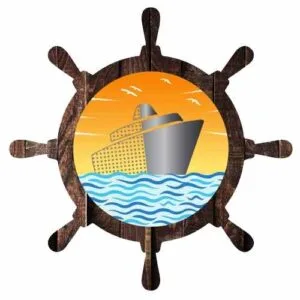STSDSD Exit Exam
STSDSD Exit Exam 2025 – Complete Guide
The STSDSD Exit Exam (Shipboard Training for Seafarers with Designated Security Duties) is a mandatory test for seafarers after completing the STSDSD course. This exam is required for getting a Continuous Discharge Certificate and for working safely on ships.
The STSDSD Exit Exam is very simple:
-
Total Questions: 30 multiple-choice questions (MCQs)
-
Exam Duration: 30 minutes
-
Marking Scheme: 1 mark for each question
-
Passing Marks: 15 marks (50% required to pass)
This exam checks your knowledge of ship safety, security duties, survival skills, and emergency procedures. Passing the STSDSD Exit Exam is compulsory for all seafarers who want to qualify for higher ranks and certificates.
What Topics Are Covered in STSDSD Exit Exam Questions?
The STSDSD Exit Exam questions are mainly based on the important parts of the STSDSD course. To pass the exam, candidates should focus on the following topics:
Survival Craft Operations
Rescue Boats
Launching Procedures
Life Saving Appliances (LSA)
Emergency Signaling Devices
SOLAS Requirements
Emergency Procedures and Personal Safety
You will be able to pass the STSDSD Exit Exam easily if you thoroughly revise these topics and practice our STSDSD Exit Exam previous year questions.
STSDSD Exit Exam Questions and Answers
We have searched the STSDSD PYQs and selected the most commonly asked questions in the STSDSD Exit Exam. This test will help you to clear the Exit Exam.
